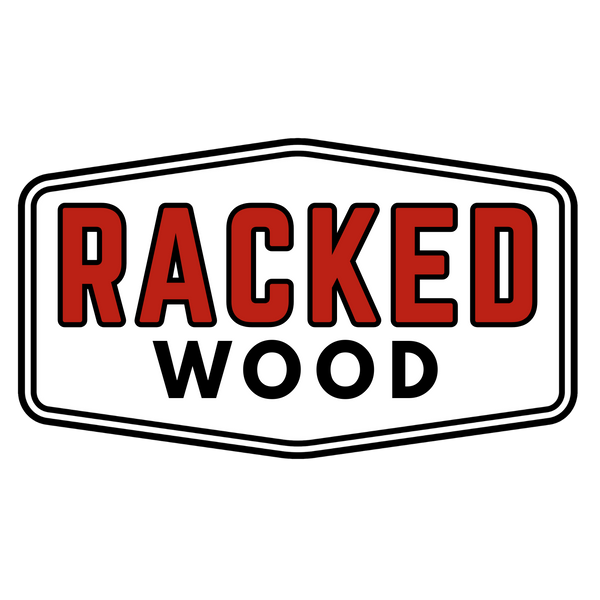
How to Build the Perfect Fire with Kiln-Dried Wood: Step-by-Step Guide
How to Build the Perfect Fire with Kiln-Dried Wood: Step-by-Step Guide
Building a warm, efficient, and clean-burning fire is easier and more enjoyable when you use kiln-dried firewood. Thanks to its low moisture content and superior quality, kiln-dried wood lights faster, burns hotter, and produces less smoke compared to traditional firewood. Here’s a detailed step-by-step guide to help you build the perfect fire in your fireplace, wood stove, or fire pit using kiln-dried logs.
Step 1: Gather Your Materials
-
Kiln-dried firewood: Dry, lightweight, and ready to burn with moisture content below 20%.
-
Kiln-dried kindling: Small, dry sticks that ignite easily and help start the fire.
-
Fire starters or crumpled newspaper: To ignite the kindling quickly.
-
Fireplace tools: Poker, tongs, and shovel for safe fire management.
-
Matches or a lighter: Preferably long-stemmed for safety.
Step 2: Prepare Your Firebox or Fire Pit
-
Clear out any old ashes or debris to ensure good airflow.
-
Open the damper or air vents fully to allow smoke to escape and fresh air to fuel the fire.
-
Place a layer of crumpled newspaper or fire starters at the bottom of the firebox or fire pit as your ignition base.
Step 3: Build the Kindling Base
-
Arrange a small pile of kiln-dried kindling over the newspaper in a loose crisscross or teepee shape.
-
Leave enough space between pieces for air to circulate freely, which is essential for efficient combustion.
Step 4: Add Small Pieces of Kiln-Dried Firewood
-
Place smaller pieces of kiln-dried hardwood around and slightly above the kindling, maintaining a tent or teepee shape.
-
Ensure the wood is close enough to catch fire from the kindling but not so tightly packed that it restricts airflow.
Step 5: Add Larger Kiln-Dried Logs
-
Once the kindling and smaller wood pieces are arranged, add larger kiln-dried logs on top in a staggered or log cabin formation.
-
Leave gaps between logs to allow air to flow through the fire, which helps maintain a hot, steady burn.
Step 6: Ignite the Fire
-
Light the newspaper or fire starters at multiple points using a long-stemmed match or lighter for safety.
-
The flames will ignite the kindling first, which in turn will catch the smaller and then the larger logs on fire.
Step 7: Monitor and Maintain Your Fire
-
Keep an eye on the fire as it builds. If the flames die down when adding new logs, don’t worry-this is normal. Give the wood time to catch fire and the flames will return.
-
Adjust the damper or air vents as needed to control airflow. Too little oxygen causes black smoke and inefficient burning; too much causes gray smoke and rapid burning.
-
Use fireplace tools to safely rearrange logs to maintain good airflow and a consistent flame.
Step 8: Safety Tips
-
Keep flammable materials, rugs, and plastics away from the fire area.
-
Use fireproof gloves when handling logs or adjusting the fire.
-
Never leave a fire unattended, and supervise children around the fire at all times1.
-
When finished, allow the fire to die down naturally before closing the damper to prevent smoke from entering the room.
Why Kiln-Dried Firewood Makes a Difference
Kiln-dried firewood’s low moisture content means it lights quickly and burns hotter with less smoke and creosote buildup. It also tends to be pest- and mold-free, making it safer for indoor use. This results in a cleaner, more efficient fire that provides warmth and ambiance with minimal hassle.
By following these steps and using quality kiln-dried firewood, you can master the art of building the perfect fire-whether indoors in your fireplace or wood stove, or outdoors around your fire pit. Enjoy the warmth, comfort, and cozy atmosphere that only a well-built fire can provide.
Ready to get started? Explore our premium kiln-dried firewood selection at RackedWood.com and experience the perfect fire every time.
